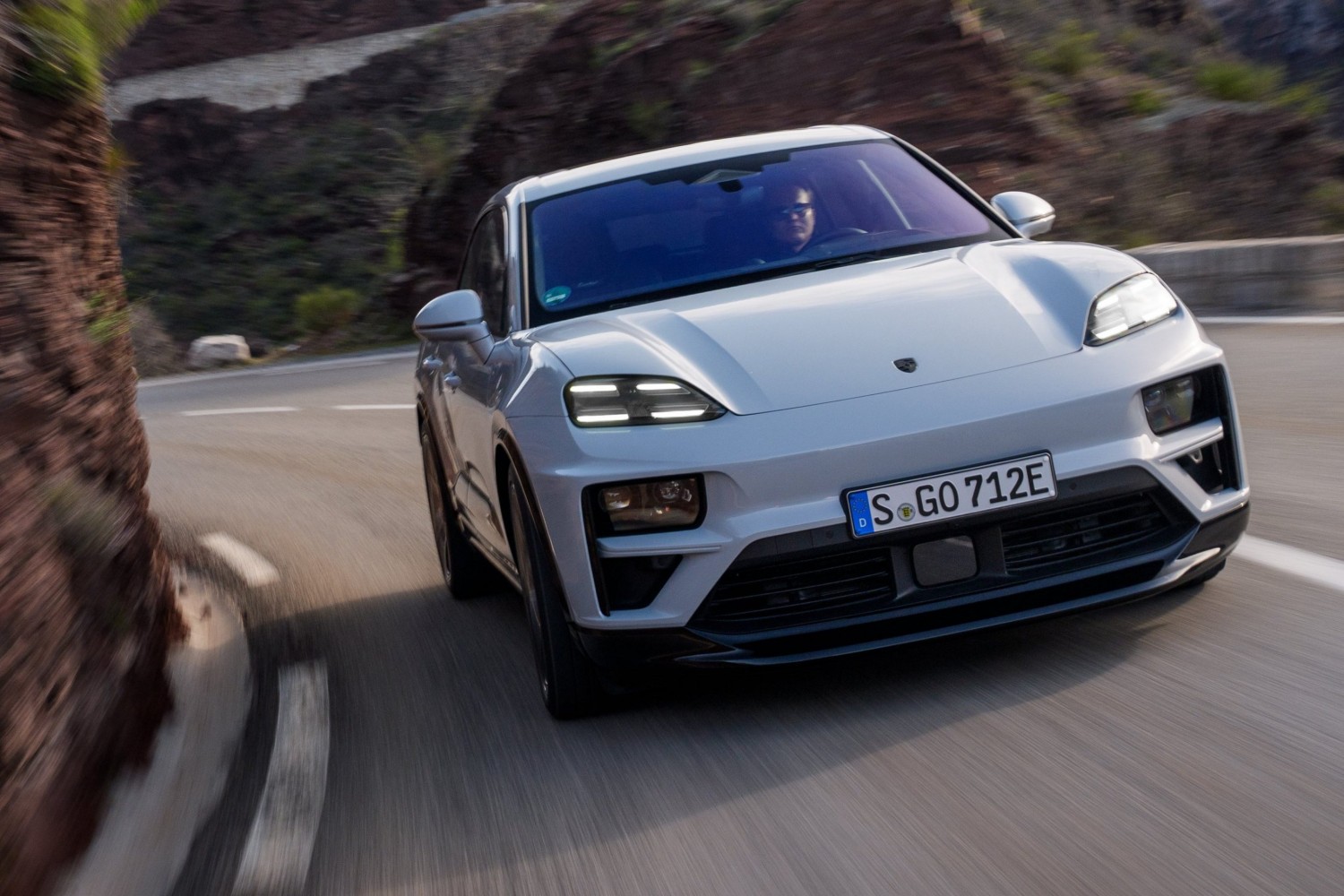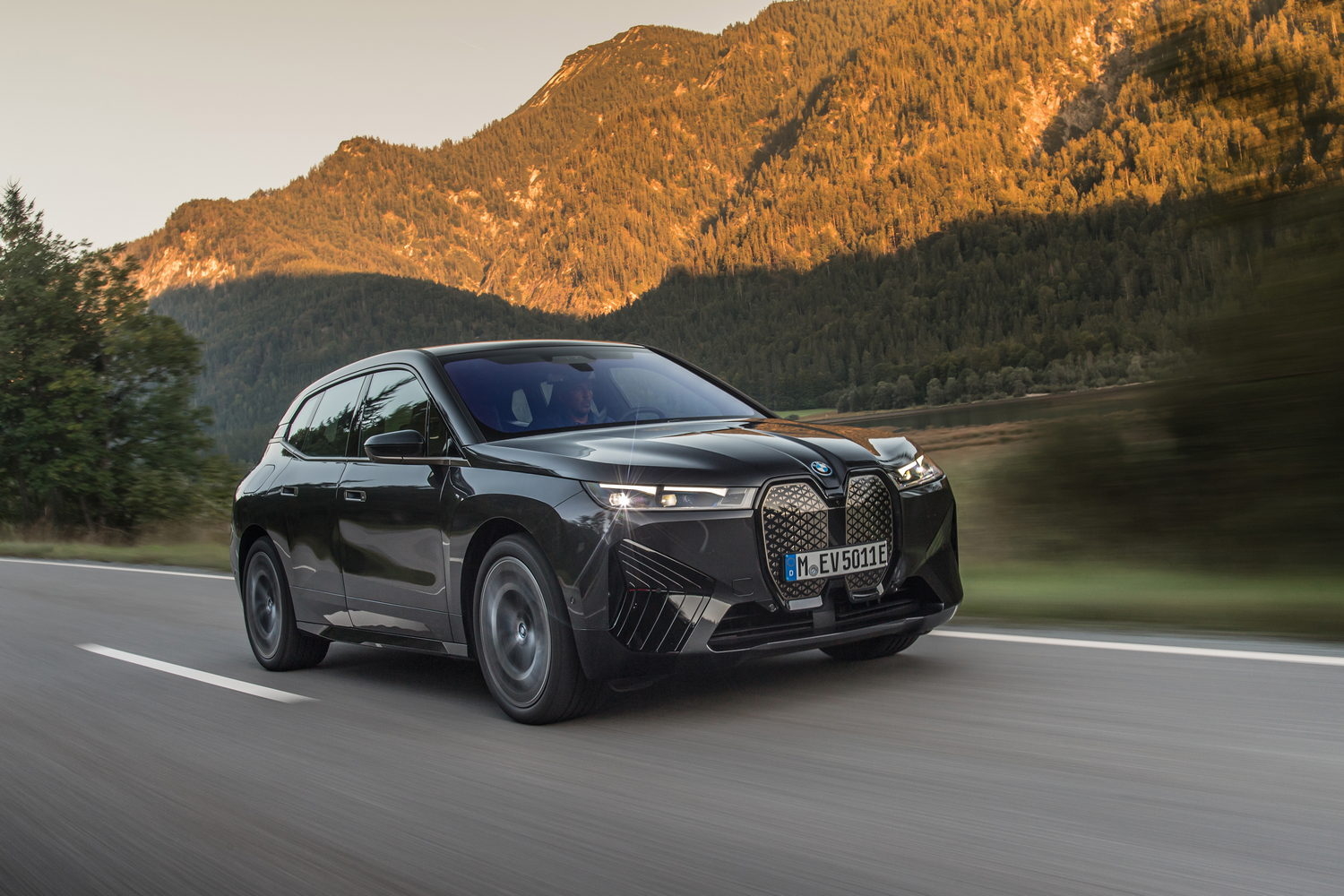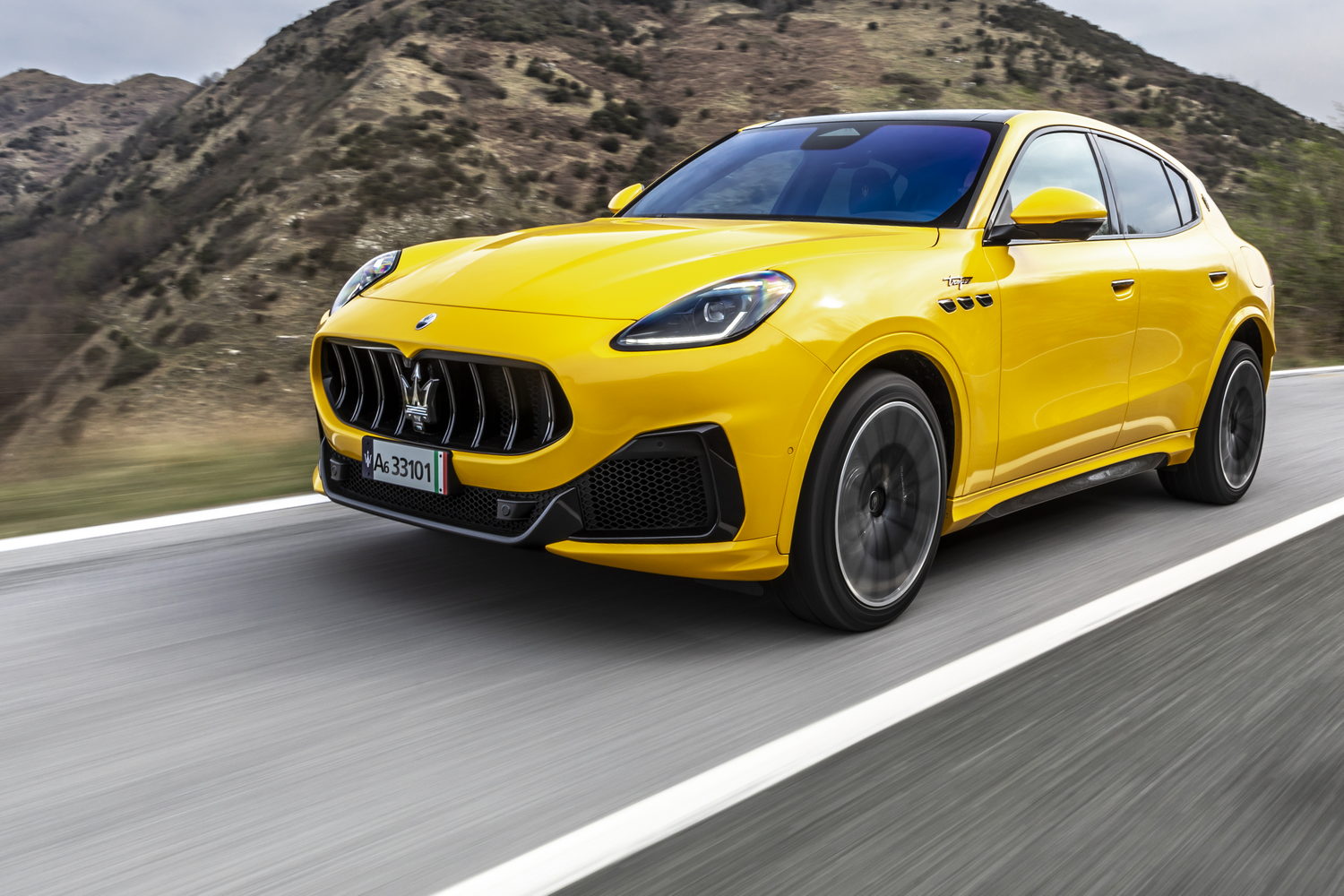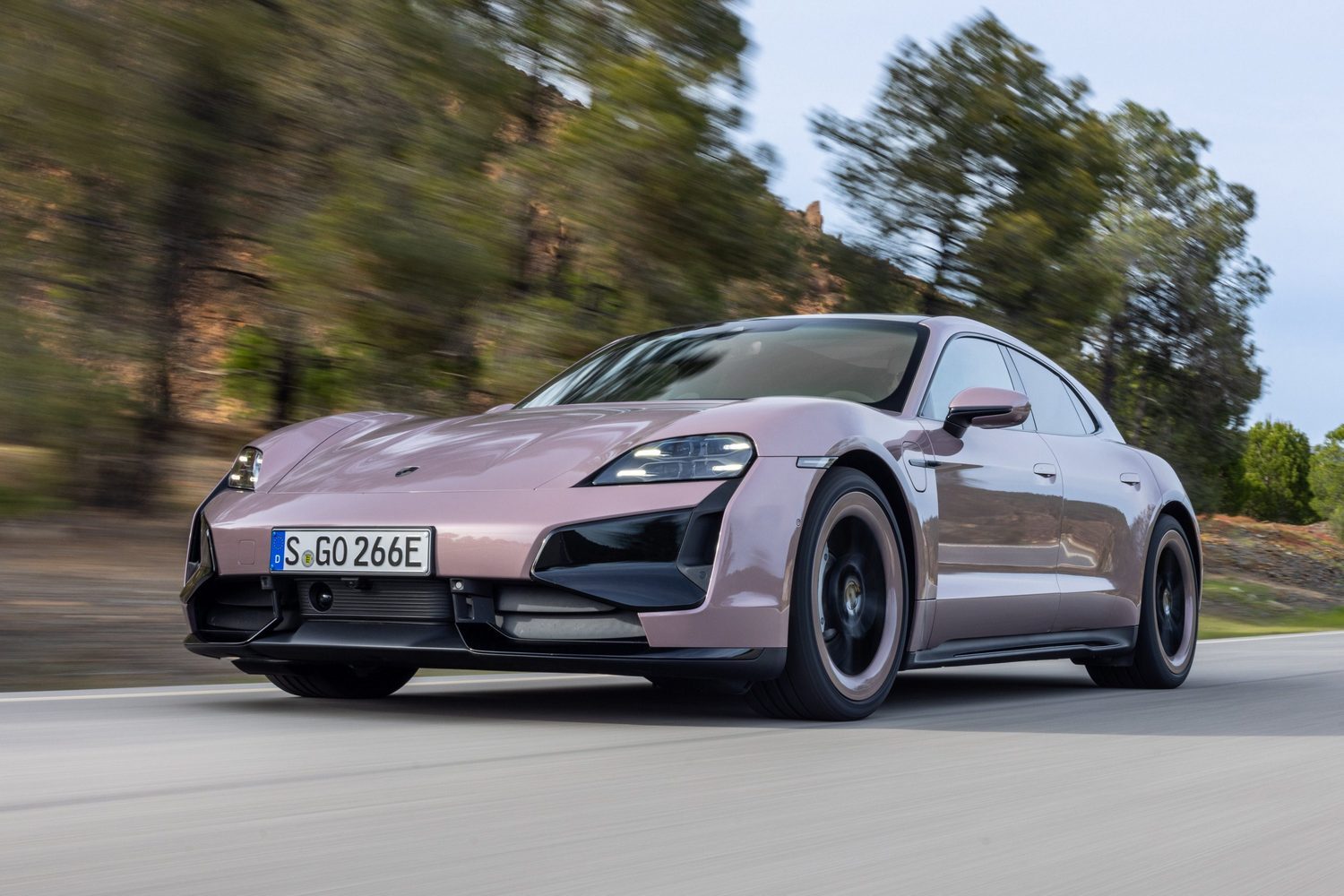While the starting point of the new electric Porsche Macan line-up, the accomplished Macan 4, is no slouch, if you fancy even more bang for your buck there’s also the Macan Turbo to consider. It takes everything we liked about the petrol Macan and, well, electrifies it.
In the metal
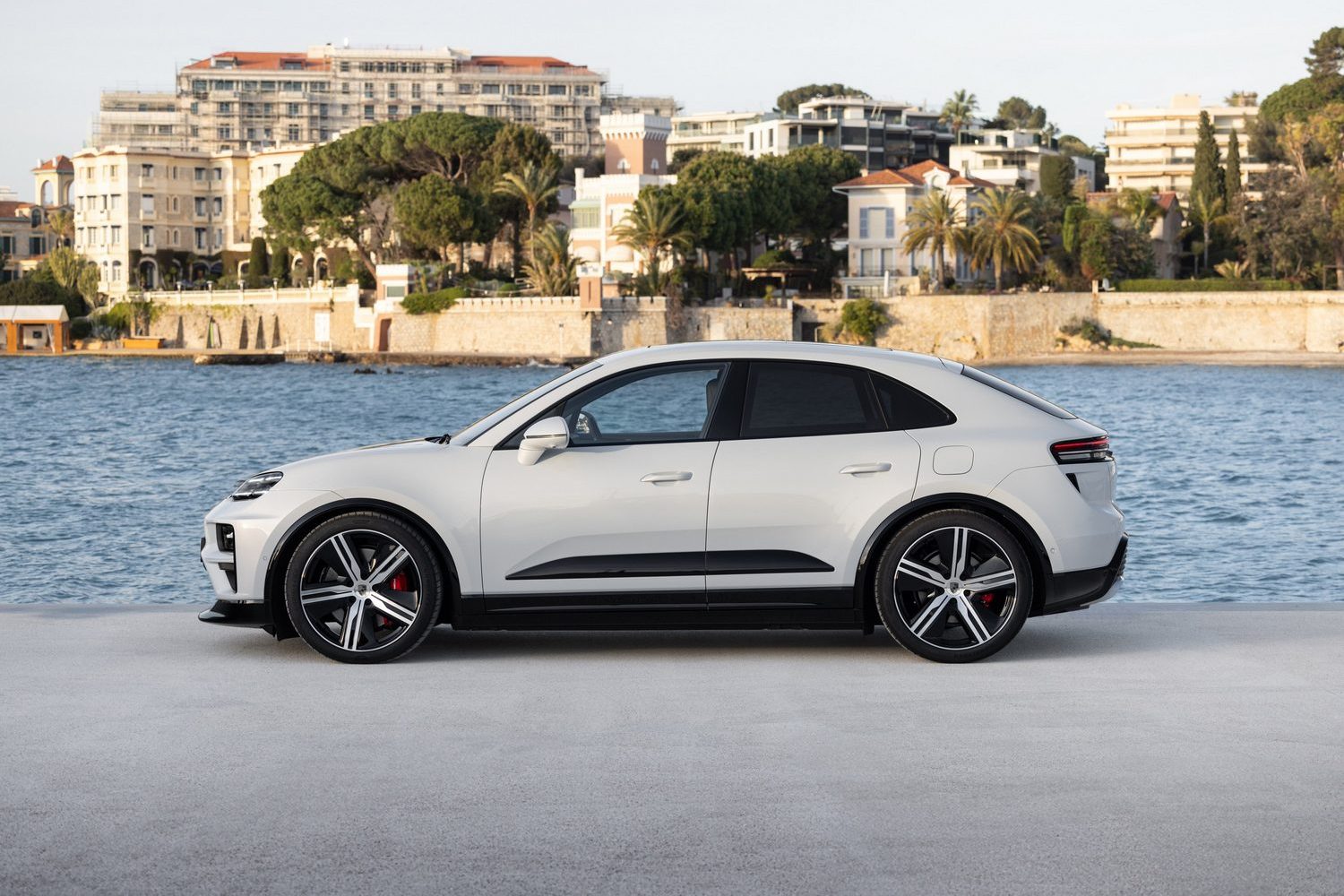
Given the vast amount of customisation available to a Porsche buyer, it won’t always be easy to know if you’re looking at a Macan Turbo or its ‘lesser’ Macan 4 sibling. A good starting point is the Porsche crest, however, as it’s finished in ‘Turbonite’ (various shades of grey) on the Turbo model, whether it’s on the bonnet or wheels. The latter are 20-inch rims as standard on both the Macan 4 and the Turbo while alloys of up to 22-inch diameter are optional. There are other detail differences in the daytime running lights, front ‘bumper’, side sills and rear, but they’re subtle in isolation.
Regardless of which version you opt for, the new electric Macan has a more svelte side profile than its petrol predecessor, in the name of aerodynamics. Porsche quotes a drag coefficient as low as 0.25, in the name of efficiency and reduced wind noise. Though it’s not referred to as such, it could easily be called a Macan Coupe in today’s SUV-obsessed world.
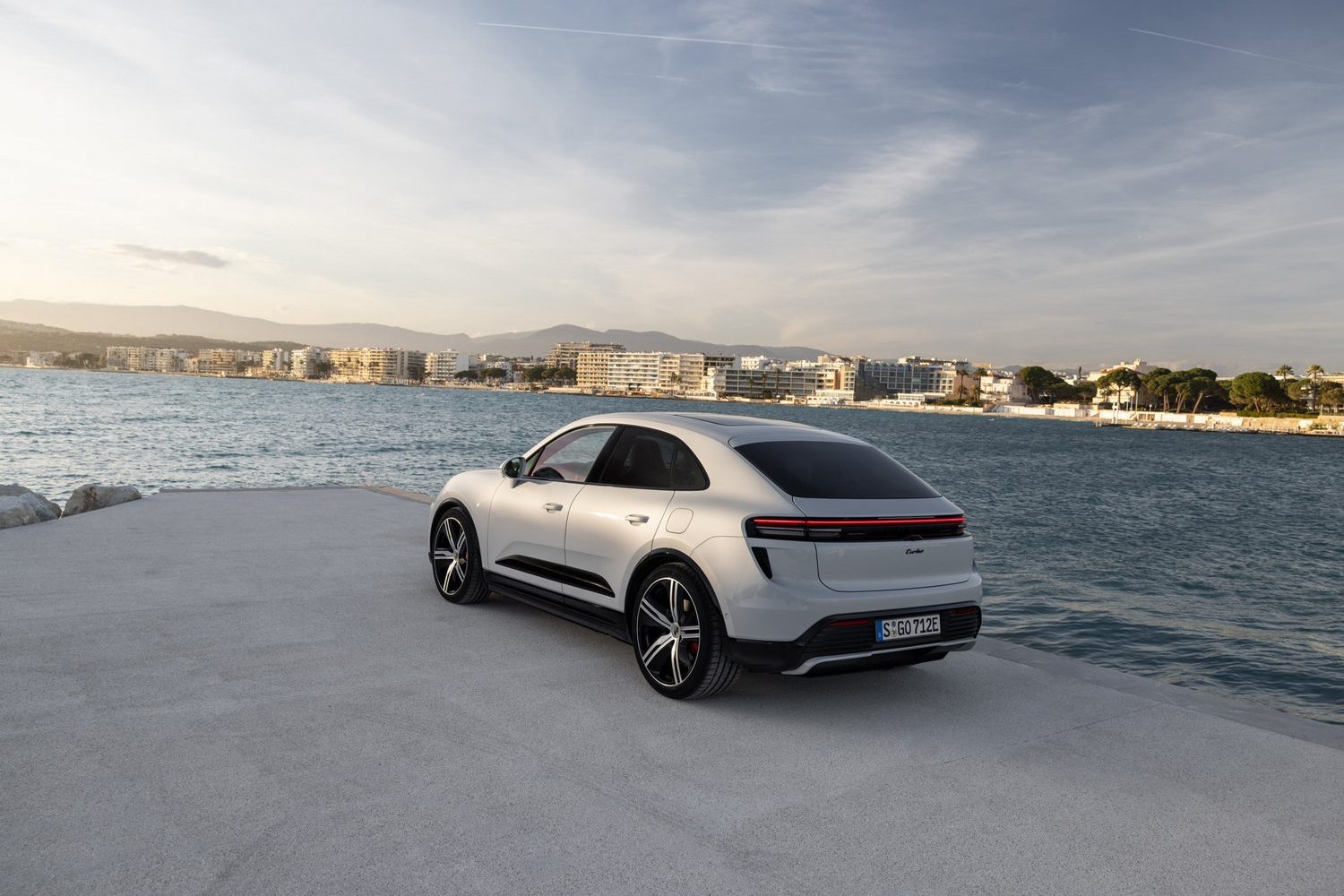
Not that you notice the sloping roofline once inside. There’s ample headroom, even in the back seats, and the boot accommodates a useful 480 litres in this Turbo model (the Macan 4 holds more as its rear motor takes up less space), with a wide opening once you’ve opened the electric tailgate. Depending on options, that can be done by wiggling your foot under the rear bumper, and we love the gesture-open feature for accessing the storage compartment under the bonnet up front (‘frunk’ if you’re American or ‘froot’ if you work for Porsche...). That holds a considerable 84 litres, meaning you’ll use it for more than just the charging cables.
Rear legroom is about the least impressive aspect of the car, even if it has been improved in comparison to the petrol-fuelled Macan. Two average-sized adults will find the outer back seats adequately spacious, but it’s a pity the middle occupant has to make do with a moderately raised centre section in the floor. Still, at least there are decent controls for the air conditioning in the back. Well, there are if you splash out on the four-zone climate control system (two zones are standard).
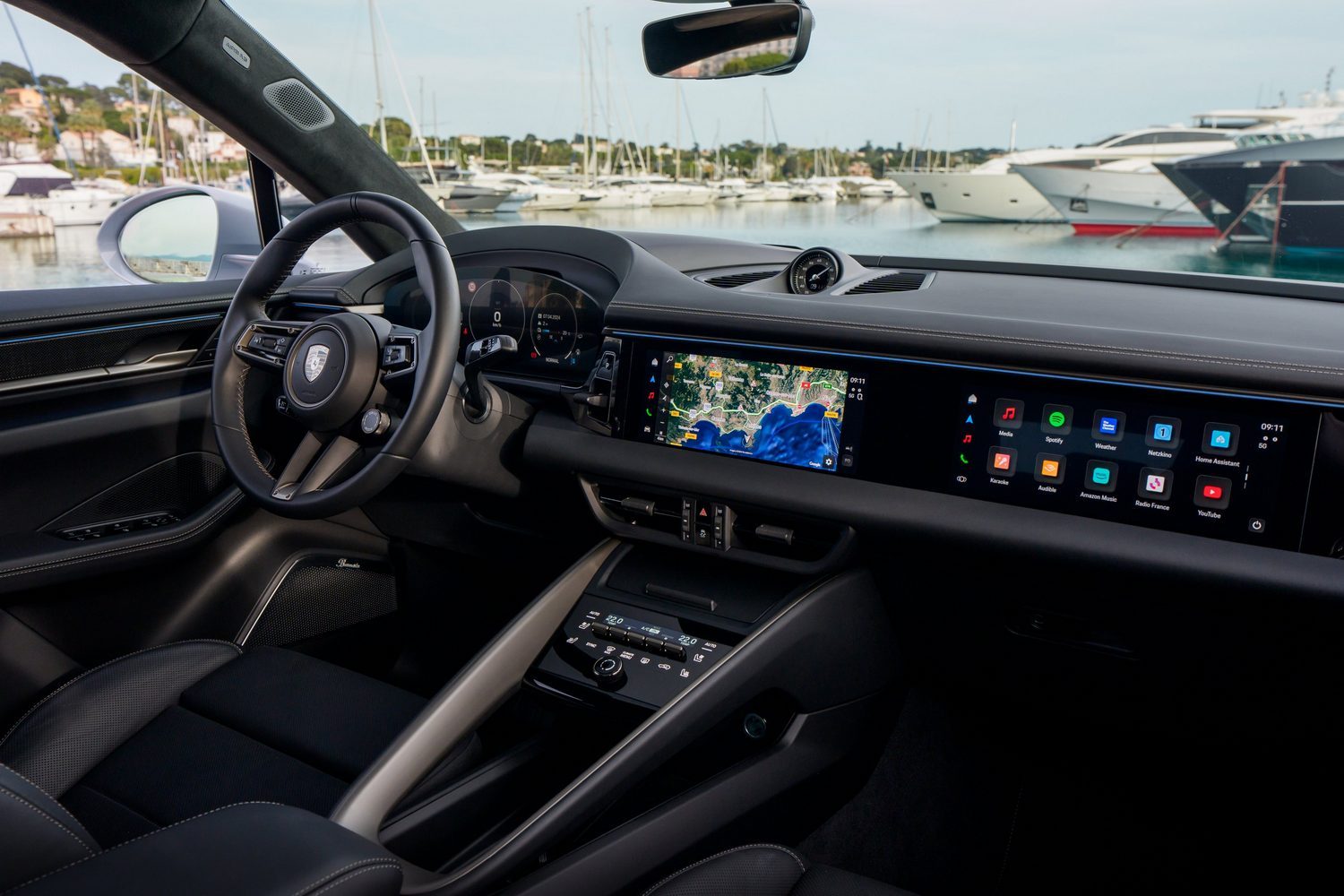
We’re very glad to see that Porsche has fitted similar switchgear to the front for the heating and ventilation, keeping physical controls despite the proliferation of screens. Every button and switch are solidly constructed and pleasant to use. Carrying on what the Taycan started - and recently adopted by the updated Cayenne and Panamera - the Macan’s digital instrument screen has no cowl over it. Even in bright sunshine it remains clear and easy to read, and there’s some customisation of the appearance available.
Complementing this and integrated into the upright face of the dashboard is a 10.9-inch touchscreen that’s simple to find your way around and packed with connectivity and functionality. Our test car featured the optional passenger display, too, which is another touchscreen of the same size. This can stream content for the passenger’s eyes only. For the driver there’s an optional head-up display putting vital information right in your line of sight. It’s particularly useful when using navigation as it employs augmented reality tech to overlay arrows on the road ahead of the car.
And if you’d rather use navigation from Apple CarPlay or Android Auto, it can now be displayed within the instrumentation display.
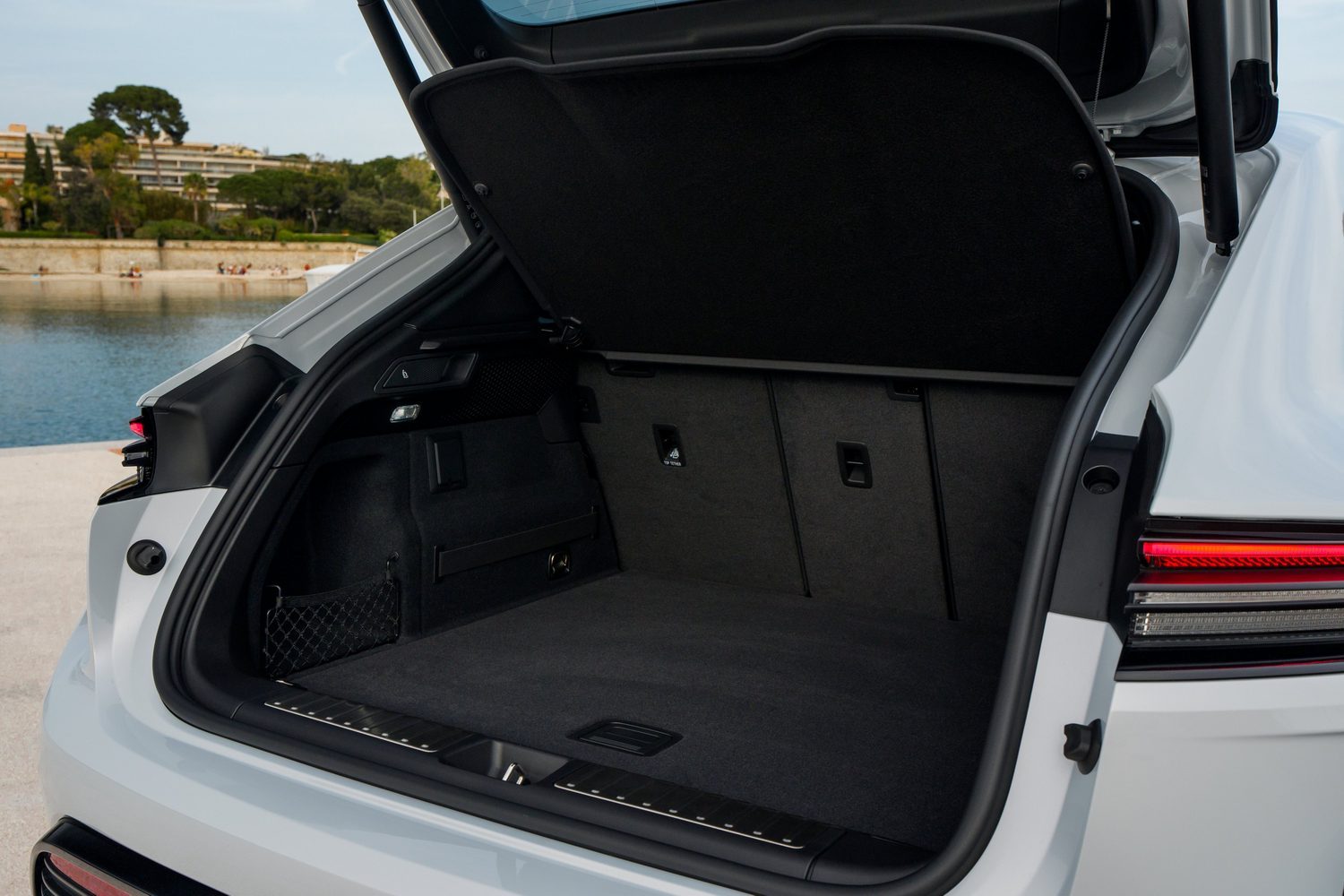
Driving it
As in the new electric Macan 4, the Turbo model has an electric motor on each axle for all-wheel drive. However, while the front motor is the same as that found in the Audi Q6 e-tron, the rear unit is Porsche’s own. It’s mounted differently, too, helping with a rear-biased weight distribution. In everyday driving, peak outputs of 584hp and 1,130Nm of torque are quoted, though there’s a savage 639hp produced for short periods of ‘overboost’ during launch control. Few owners will use that function regularly, we suspect, though it results in an impressive 3.3-second 0-100km/h time - no easy feat in a car weighing over 2.4 tonnes.
But while higher performance is the point of any Porsche Turbo model, it’s not the only thing it has going for it, and so the Macan Turbo gets a few choice extras included in the price that should help it shine on the road. First up is adaptive air suspension, bundled with Porsche Active Suspension Management (PASM), the latter using the firm’s latest two-valve dampers. The air springs allow for automatic self-levelling and ride height adjustment, and both systems adjust according to the selected driving mode, firming up body control in Sport and Sport Plus modes while dropping the ride height by as much as 30mm.
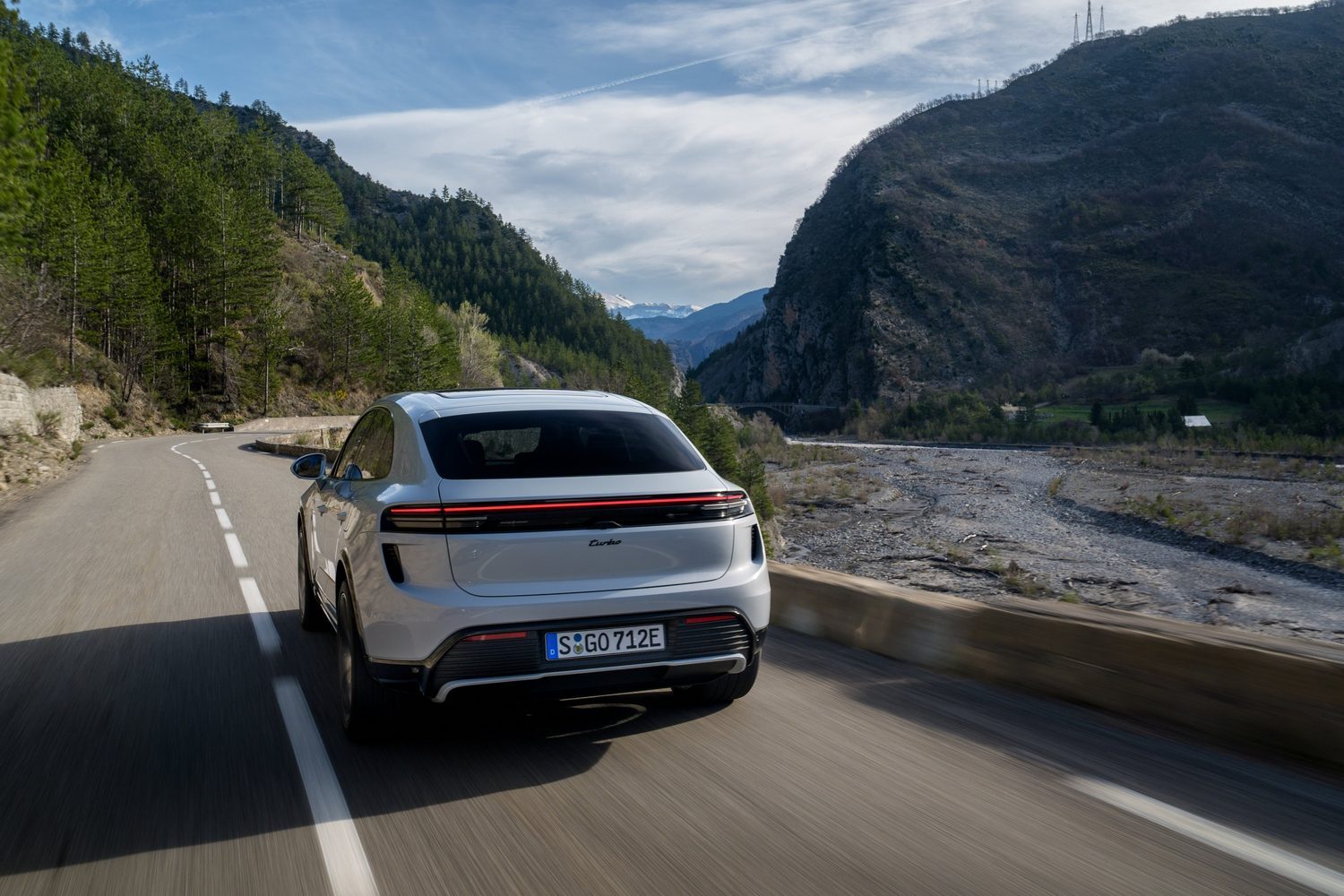
Conversely, choose the Offroad setting and the car is lifted up a useful 40mm. Not that we expect many owners to go far off the beaten track in an electric Macan.
Will they take it on a racetrack, though? Porsche seems to have equipped the car to be capable of that, not only with its huge power and torque outputs, but also with Porsche Torque Vectoring Plus (PTV Plus) system, which has an electronically controlled limited slip differential on the rear axle. The characteristics of this vary by driving mode and the situation, but it helps with traction and can make the car feel more agile and biddable when pushed. Keen drivers will love it.
On our test car it wasn’t easy to separate the effect of PTV Plus from that of the optional rear-axle steering system also present on the vehicle. This is the first time such a system has been offered on the Macan and as with all such features, it turns the rear wheels in the opposite direction to the fronts at low speeds and in the same direction at higher speeds. This means a more agile feeling at up to about 80km/h - plus a significantly shorter turning circle - and enhanced stability when doing things like changing lanes at high speeds. The fitment of this allows Porsche to make the front-axle steering ratio faster, too.
In Normal mode, the car is smooth, quiet and civilised, whether you’re ambling along in traffic or at a cruise on the motorway. Visibility is good in all directions and it’s very easy to get comfortable behind the (perfectly-proportioned) steering wheel thanks to a wide range of adjustment of the wheel and seat. At lower speeds you’ll really appreciate how polished the brake modulation is in the Macan. It’s a cinch to drive smoothly with no jerking, even though there is ‘blending’ going on in the background mixing brake energy regeneration with use of the friction brakes. Many car makers fail to make the transition between the two smooth, but it’s undetectable in the Macan.
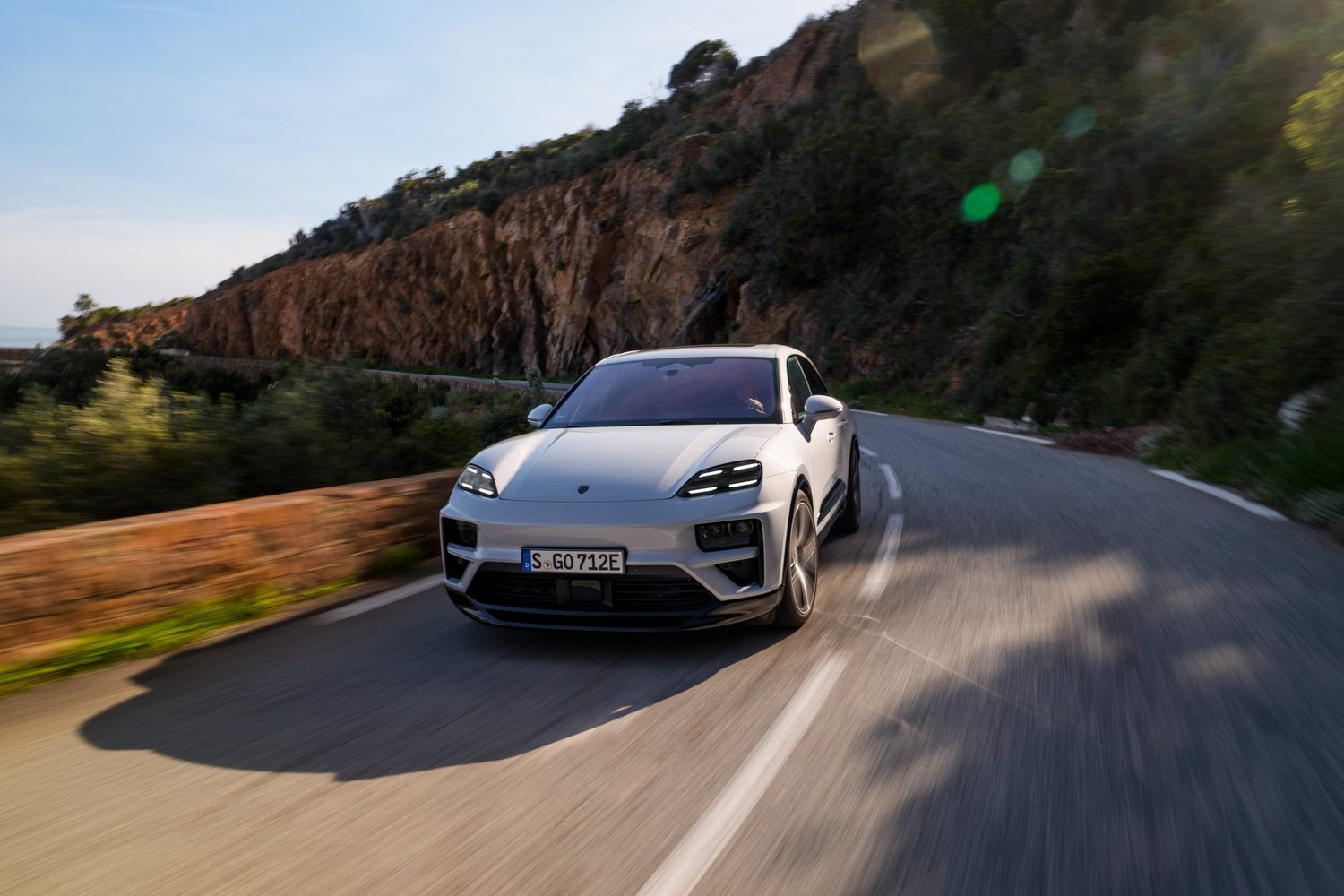
And yet, when you drive the car with a little more enthusiasm, the brake pedal feels solid and dependable, giving the driver confidence to push on. It feels as comfortable in this scenario as any other. No matter how hard you push it, it feels unflustered and capable: the Macan Turbo is not lacking in composure. That doesn’t mean there’s no driver involvement, I should add, but you get the feeling from the off that it has your back no matter what your driving skill level. Hence there’s little fear in exploring the more focused driving modes.
In the Sport Plus setting, the reduced ride height means a lower centre of gravity, and this makes the Macan feel more like a coupe than a practical SUV. It’s notably firm in this setting, and the synthetic sound from the Porsche Electric Sport Sound system is more obvious, but it’s good fun when the mood takes you. Most drivers are likely to find that the Sport mode is sufficiently different, as that adds in less obvious synthetic noise to go with the firmer damping and quicker response.
Lots of owners are unlikely to ever change the driving mode and they’ll find the Macan a good daily driver, carrying out its duties with minimal fuss, with lots of refinement. Then again, we reckon those that splash out on the Turbo model may be more interested in what it can really do. They won’t be disappointed.
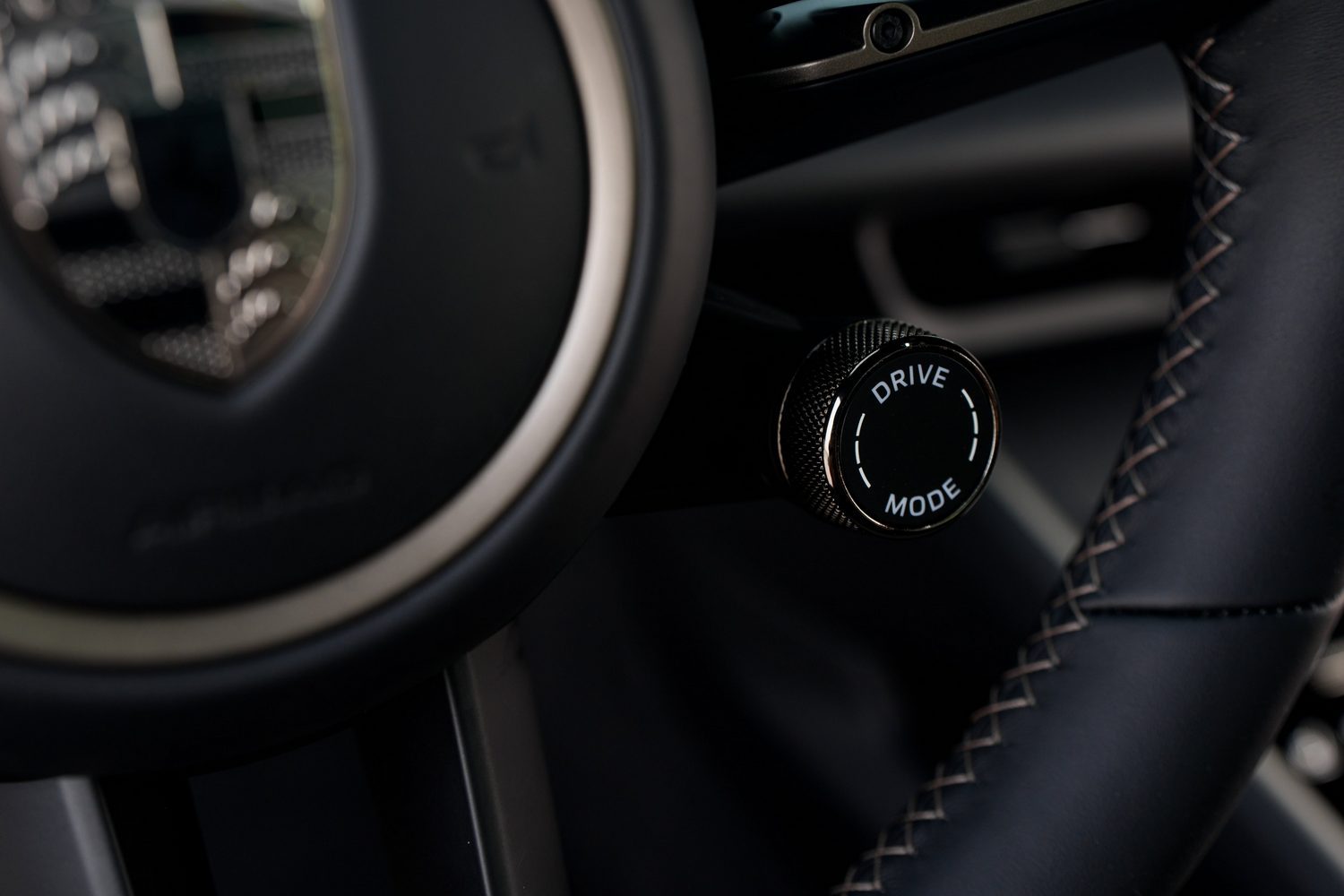
What you get for your money
In Ireland, the electric Porsche Macan range starts at €92,609 for the Macan 4, while the Macan Turbo is €128,696. The latter gets the increased performance of course, along with the extra chassis hardware that’s quite expensive to add to the Macan 4. In fact, the Turbo gets an equipment upgrade across the board that’s worth scrutinising if you’re starting with a Macan 4 and adding loads of options. A few things standard on the Turbo, not on the Macan 4, for example: upgraded electrically-adjusted front seats, LED Matrix headlights, leather package and other interior enhancements including the Sport Chrono package.
All electric Macans can manage up to 11kW on AC charging or 270kW on a suitable DC charger.
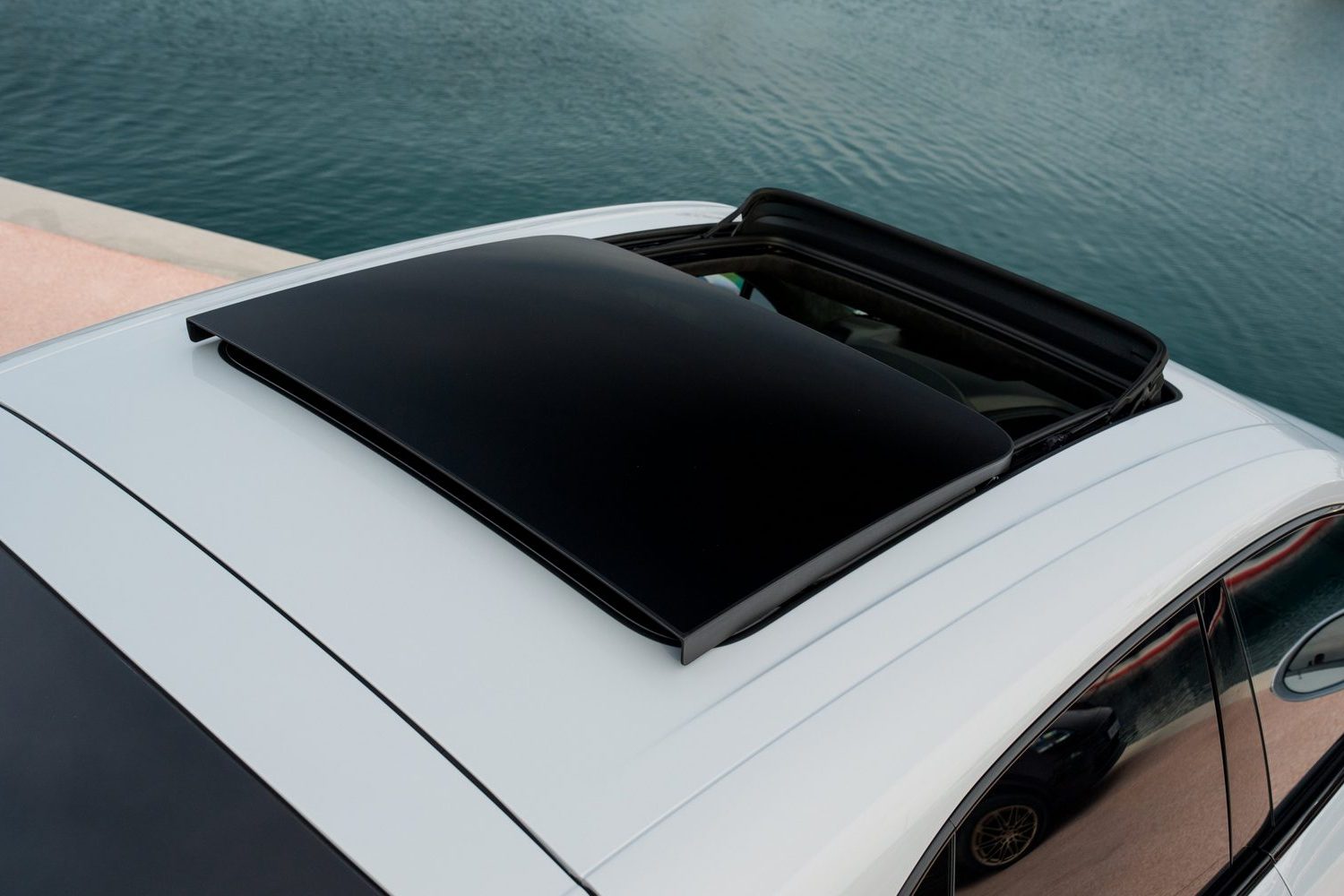
There aren’t many fully-electric rival SUVs with the same mix of performance and quality on the market, at any price, and the Macan undercuts an equivalent Porsche Taycan by a useful margin. No doubt the line-up will be expanded in time to further its appeal.
Summary
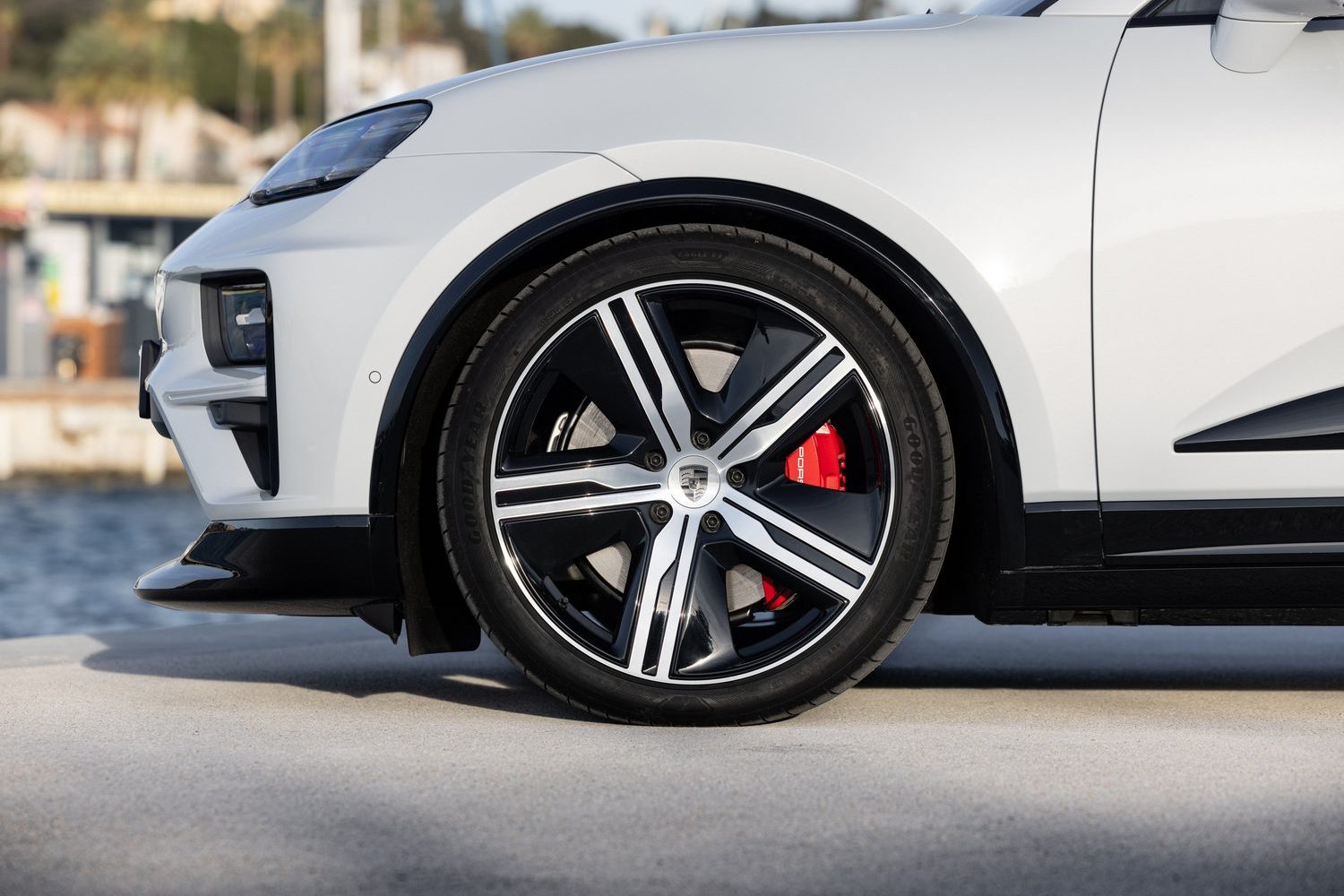
The Macan Turbo undisputedly delivers the sort of performance that’s worthy of the coveted Porsche ‘Turbo’ badge - regardless of how you feel about it being used on a car that has no turbocharger. But fast acceleration alone does not make a good performance car. Thankfully Porsche hasn’t forgotten the engaging dynamics and chassis ability of the original Macan in its transition to all-electric drive. There’s further justification for the strong pricing in the polished manner in which the Macan goes about everything you throw at it. Nobody needs the extra power of the Turbo model of course, but if you can afford it...

